
What Is A Blue Moon & How Rare Is It?
A blue moon isn't actually that rare. According to NASA, one can typically be seen every two and a half years.
The full moon is the lunar phase when the Moon appears fully illuminated from Earth’s perspective. The full moon occurs roughly once a month, and each full moon during the year is commonly known by different names or has different meanings.

A blue moon isn't actually that rare. According to NASA, one can typically be seen every two and a half years.
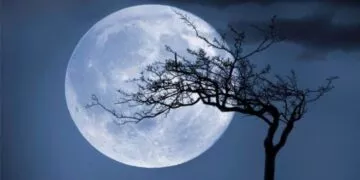
Due to little cloud cover in December, the full moon's light looks almost icy when reflected off the frosty ground.
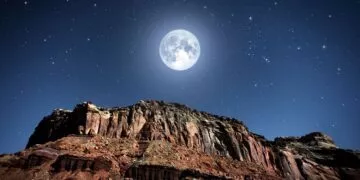
During the time of the fur trade in the US, the Beaver Moon indicated it was time to trap beavers for their thick, warm pelts.

Did you know that once every three years, the full moon of October is known as the Harvest moon?
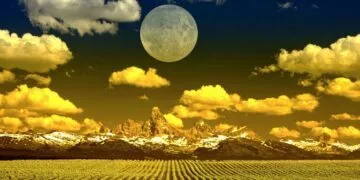
Did you know that the full moon closest to September Equinox is known as the Harvest Moon?

In August, the first full moon is called the Sturgeon Moon and is named after the primitive fish species.
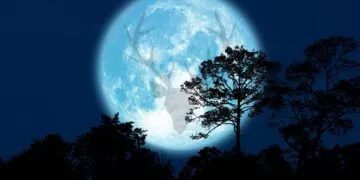
The full moon of July is known as the buck moon because it's the time of year when all bucks' horns are fully grown.
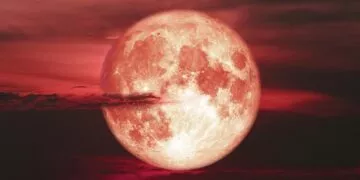
Did you know the full moon of June is called a strawberry moon because it represents trees bearing fruit?
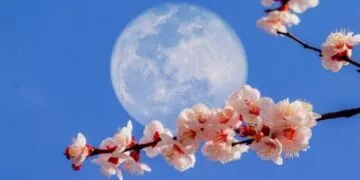
The Flower Moon is the first full moon of May and gets its name from the bounty of flowers growing in unison in May.

The Pink Moon is the full moon of April. The name is linked to the pink-colored flowers that are in bloom during spring.
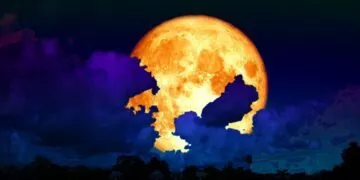
The full moon of March is known as a worm moon because this is when the ground thaws in the northern hemisphere.
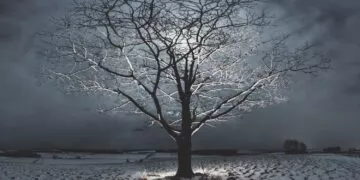
Many full moons throughout the year have a name, and that of February is called a snow moon.